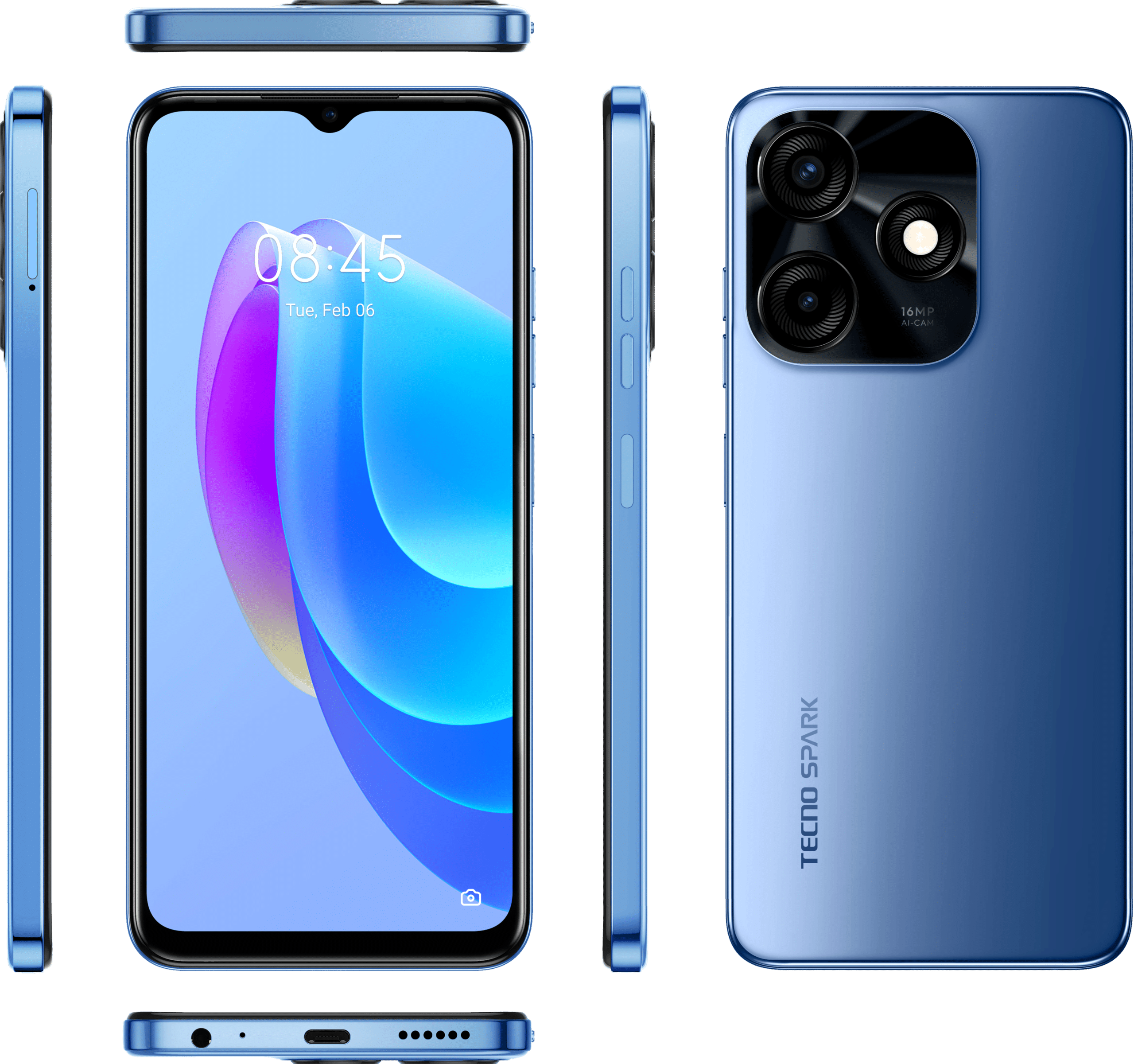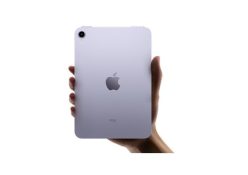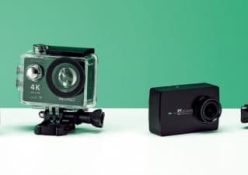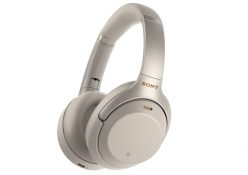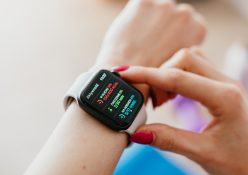The Spark 10 represents a substantial leap over its predecessor. It’s still an all-plastic body but it feels decidedly solid, like a phone that will go the distance. The low weight and compact shape made it a treat to slip into tight jeans pockets after some much bigger and heavier phones we have tested in this price range.
Upgrades include a 90 Hz high-refresh screen and a side-mounted fingerprint sensor (which we always prefer to smudging the screen, anyway), but the main focus is on the cameras, and the selfie cam specifically. The 8 MP front shooter now boasts its own dedicated flash with adjustable intensity. While this is a great idea, in practice, we saw very little difference in our various selfie tests. It also offers a ‘ring flash’ that turns the screen white to mimic the ring lights typically used by vloggers for a more even lighting effect. This does create a softer lighting effect for your selfies. The unsung hero of this phone is the large 6.6-inch display, which was pin sharp and colour rich.
We found it to be on par with some phones costing more than twice as much, although it doesn’t get quite as bright. Another underplayed feature is the excellent facial recognition for unlocking the phone. Somehow, the Spark 1OC’s sensor reliably outperformed all the high-end phones we have tested this year. This is a quality entry-level phone with solid overall performance and specs, and it’s good value at the price. But the top tech is focused on people very into photographing themselves.
6.6″ display @90 Hz, 8 GB RAM, 8 MP front/16 MP wide + depth rear cameras, microSD, headphone jack, FM radio, R3 500



